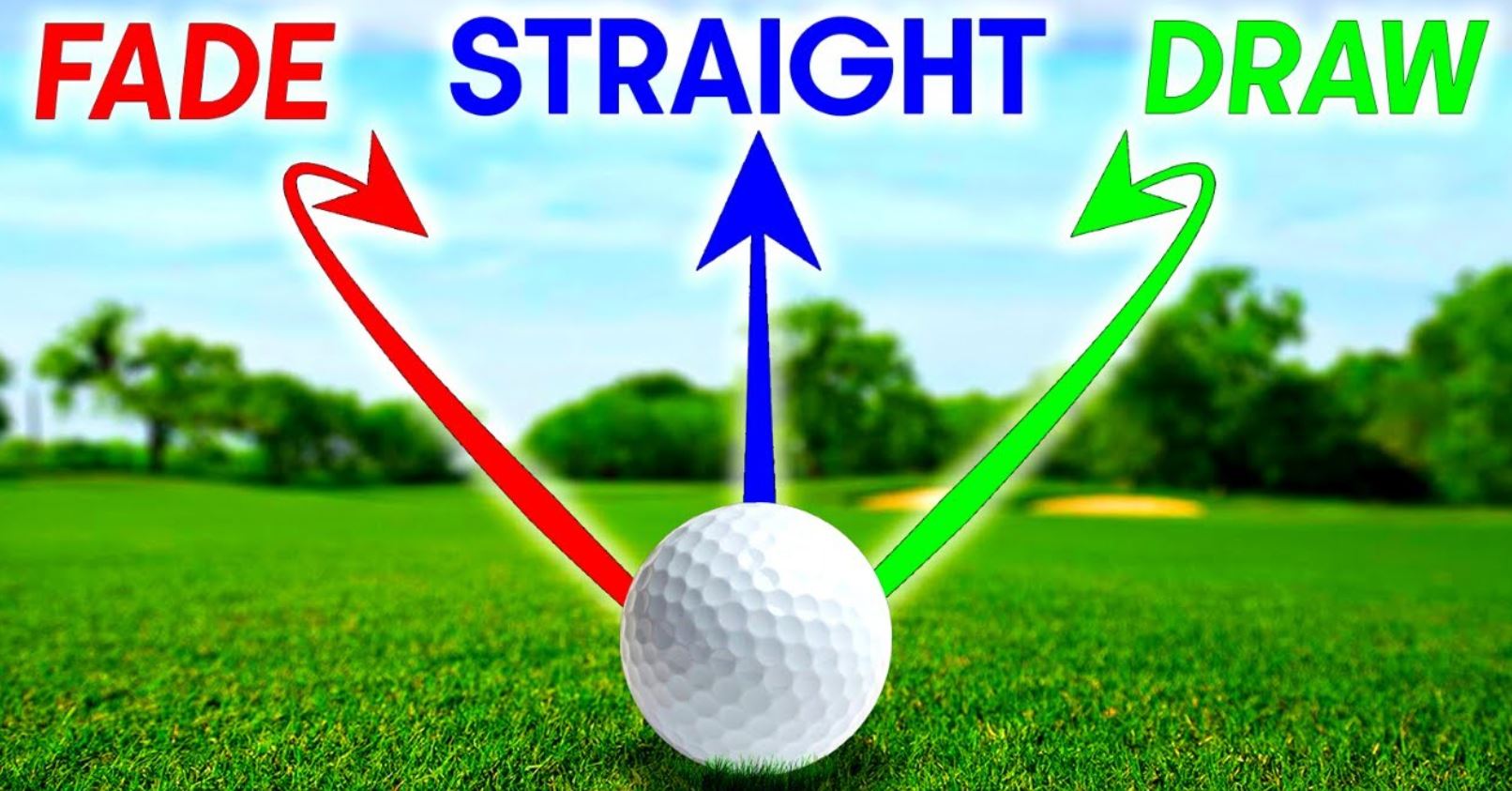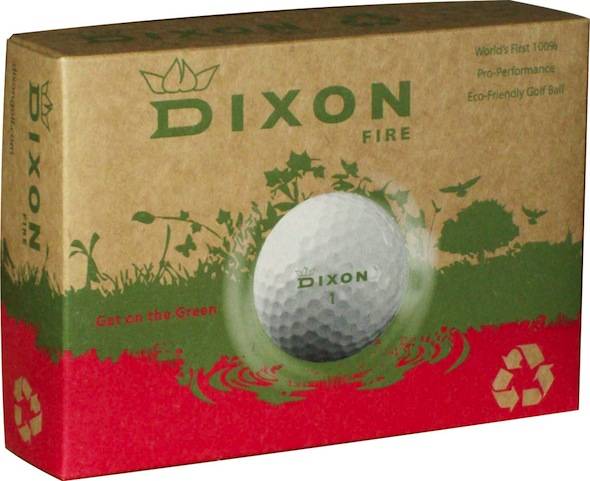What is a Golf Draw
In the world of golf, shot shaping is a skill that separates the average player from the exceptional. One shot that has captured the imagination of golfers and spectators alike is the golf draw. The draw shot, known for its graceful right-to-left ball flight (for right-handed golfers), is a powerful weapon in a golfer’s arsenal. But what exactly is a golf draw, and how can it be executed effectively? In this article, we will explore the intricacies of the golf draw, delving into its definition, characteristics, execution techniques, strategic advantages, and debunking common misconceptions. Whether you’re a seasoned golfer looking to refine your shot shaping skills or a beginner eager to understand the art of the draw, this article will provide you with valuable insights, practical tips, and actionable advice to help you master this remarkable shot. So, grab your clubs, step onto the tee, and join us as we unravel the secrets of the golf draw and unlock new possibilities on the fairways.

What is a golf draw?
A golf draw is a shot that curves gently from right to left (for right-handed golfers). It is a controlled shot that combines a slight hook spin with a deliberate swing path. The result is a controlled and intentional ball flight that can be advantageous in various situations on the golf course.
Characteristics of a golf draw
The golf draw is characterized by a gentle right-to-left ball flight (for right-handed golfers). It typically starts slightly right of the target and curves back to the left, landing softly on the intended target line. Compared to a fade shot (which curves in the opposite direction), a draw generally has more backspin and a slightly higher trajectory.
Executing a golf draw requires precise swing mechanics, clubface control, and an understanding of the ball flight laws. The key is to create a controlled hook spin that imparts a right-to-left movement on the ball without excessive sidespin or hooking.
How is a golf draw executed?
To execute a golf draw effectively, golfers must focus on specific elements of their setup, grip, swing mechanics, and body rotation. Let’s explore the key aspects involved in executing a golf draw shot.
Grip and setup for a draw shot
The grip is a crucial aspect of executing a golf draw. For right-handed golfers, a slightly weaker grip (rotating the hands to the left on the club) can promote a draw ball flight. This grip adjustment helps to ensure a square or slightly closed clubface at impact, allowing the ball to start slightly right and then curve left.
In terms of setup, aligning the body and clubface slightly right of the target can help facilitate the right-to-left ball flight. Additionally, positioning the ball slightly back in the stance and adopting a slightly closed stance can further promote the desired draw shot shape.
Swing mechanics for a draw shot
Executing a golf draw requires precise swing mechanics to create the desired ball flight. The swing path should be slightly in-to-out (for right-handed golfers), swinging from inside the target line and cutting across it. This swing path imparts the right-to-left movement on the ball.
Maintaining good tempo and rhythm throughout the swing is essential. It’s important to avoid any excessive manipulation or forced movements that can compromise the consistency and accuracy of the shot.
Proper body rotation also plays a significant role in executing a golf draw. Rotating the upper body slightly closed during the downswing while maintaining a stable lower body helps promote the desired swing path and clubface position at impact.
Why would a golfer use a draw shot?
The golf draw can be a valuable tool in a golfer’s arsenal, providing strategic advantages in certain situations on the course. Let’s explore why golfers might choose to use a draw shot.
Strategic advantages of a draw shot
- Additional distance: A well-executed draw shot can add distance to your shots. The right-to-left ball flight combined with the hook spin generates extra carry and roll, resulting in longer shots off the tee or with your irons.
- Controlling side winds: When playing in windy conditions, a draw shot can help counteract the effects of a crosswind. The right-to-left trajectory allows the ball to better resist the wind and maintain its intended path, helping you stay on target.
- Navigating doglegged fairways: On holes with dogleg turns, a draw shot can help navigate the fairway more effectively. By shaping the ball from right to left, you can position your shots to set up better approach angles and reduce the distance to the green.
- Holding greens: A draw shot’s higher trajectory and increased backspin can help hold greens more effectively, particularly on approach shots. The controlled spin and softer landing can minimize the chances of the ball rolling off the back of the green.
Developing a golf draw
Developing the ability to execute a golf draw requires practice, patience, and a deep understanding of the necessary techniques. Here are some tips to help you develop a reliable golf draw:
Practice drills for shaping a draw
To enhance your ability to shape a draw, incorporate specific practice drills into your training routine. These drills can focus on grip, setup, swing path, and clubface control. Here are a few examples:
- Alignment drills: Use alignment sticks or a target line on the driving range to practice aligning your body and clubface slightly right of the target. This helps develop the necessary alignment for a draw shot.
- Path drills: Place an object or alignment stick just inside the target line and practice swinging along that path. This helps develop the in-to-out swing path required for a draw shot.
- Clubface control drills: Utilize impact tape or foot spray on the clubface to monitor and adjust your clubface position at impact. This helps ensure a slightly closed clubface to promote the desired draw spin.
Seeking professional guidance and feedback
Working with a golf instructor can provide valuable guidance and feedback on developing your golf draw. An instructor can assess your swing mechanics, offer personalized drills and exercises, and provide expert advice to help you refine your draw shot technique. Additionally, modern technology such as launch monitors or swing analysis software can provide detailed insights into your swing and help identify areas for improvement.
Remember, consistency and practice are key when developing any golf shot, including the draw. Regular practice, coupled with expert guidance, will enhance your ability to execute a controlled and accurate golf draw.
Common misconceptions about the golf draw
There are several misconceptions and myths surrounding the golf draw. Let’s address some common misconceptions to ensure a clear understanding:
Addressing common myths and misconceptions about draw shots
- Draw vs. hook: Many golfers confuse a draw with a hook. While a hook is an uncontrollable shot that veers severely to the left (for right-handed golfers), a draw is a controlled and intentional shot that follows a gentle right-to-left curve. The key distinction lies in the amount of control and consistency with which the shot is executed.
- Difficulty and control: Some golfers perceive the draw as a difficult shot to execute and control. While shot shaping requires practice and skill, a well-executed draw can be as controlled and accurate as any other shot. With proper technique and practice, golfers can develop confidence and consistency in shaping their draws.
Understanding the difference between a draw and a hook, as well as dispelling misconceptions about the difficulty and control of draw shots, is essential for golfers seeking to refine their shot shaping abilities.
Alternative shot shapes in golf
Beyond the draw, there are other shot shapes that golfers can explore. One notable alternative is the fade. While the draw curves gently from right to left, the fade shot shapes from left to right (for right-handed golfers). The fade can offer its own strategic advantages and is worth exploring to expand your shot repertoire.
Conclusion
The golf draw is a valuable shot that adds versatility and strategy to a golfer’s game. By understanding the key elements of executing a draw shot, practicing specific drills, seeking professional guidance, and dispelling misconceptions, golfers can develop the skills needed to shape their shots with intention and precision.
Remember, shot shaping takes time and practice to master. Embrace the challenge, experiment with different shot shapes, and enjoy the process of expanding your skills on the golf course. With dedication and persistence, the golf draw can become a powerful tool in your golfing arsenal.






¿Buscas cupones vigentes de 1xBet? Aquí podrás obtener recompensas especiales para apostar .
El código 1x_12121 garantiza a hasta 6500₽ al registrarte .
También , canjea 1XRUN200 y disfruta una oferta exclusiva de €1500 + 150 giros gratis.
https://andrecltq01234.ageeksblog.com/34199601/descubre-cómo-usar-el-código-promocional-1xbet-para-apostar-free-of-charge-en-argentina-méxico-chile-y-más
No te pierdas las promociones semanales para conseguir ventajas exclusivas.
Los promocódigos listados están actualizados para hoy .
¡Aprovecha y potencia tus ganancias con 1xBet !
¿Quieres códigos promocionales exclusivos de 1xBet? En este sitio podrás obtener las mejores ofertas en apuestas deportivas .
La clave 1x_12121 garantiza a 6500 RUB al registrarte .
Además , canjea 1XRUN200 y obtén una oferta exclusiva de €1500 + 150 giros gratis.
https://bioniclerpg.getbb.ru/viewtopic.php?f=7&t=6750
No te pierdas las novedades para conseguir más beneficios .
Todos los códigos son verificados para 2025 .
No esperes y potencia tus oportunidades con 1xBet !